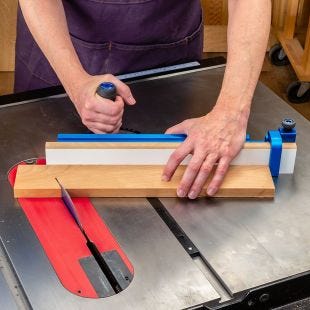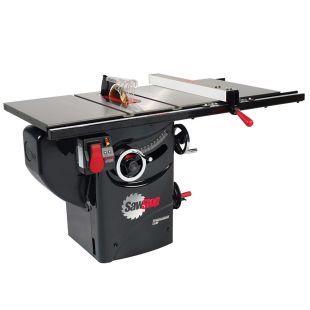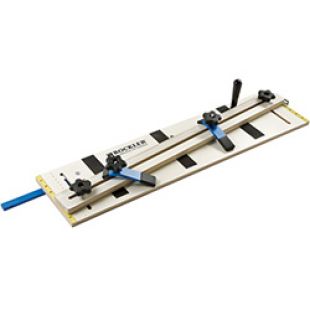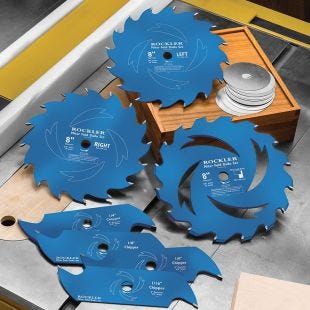Learn more about Table Saws
Table Saws
Rockler' is your one stop destination for quality table saws, precision cutting and exceptional woodworking. Table saws are the cornerstone of any woodshop, allowing you to make precise cuts for a wide range of projects. At Rockler, we understand the importance of quality power tools, and we are proud to offer you a comprehensive selection of the best table saws on the market.
Our table saws boast powerful motors, providing you with the speed and accuracy you need for your woodworking projects. Cutting capacities vary among models to accommodate different material sizes, ensuring you can find the perfect table saw for your needs. Safety is a priority, which is why our table saws are equipped with advanced features such as blade guards, riving knives, and anti-kickback pawls.
Rockler Table SawsAt Rockler, you'll find top table saw brands, including SawStop, Laguna Tools, and Jet. These manufacturers are known for their innovation and commitment to quality, ensuring your investment will provide years of reliable service.
Enhance your saw table capabilities with our range of accessories and add-ons and blade sets.. From dado sets for creating perfect joints to zero-clearance inserts for cleaner cuts and reduced tear-out, we have everything you need to optimize your table saw's performance.
Choosing the right table saw can be challenging, but our team of experts is here to help you make the best decision based on your budget, workspace, and project requirements. Rockler's commitment to customer satisfaction extends beyond offering high-quality products. We also provide expert advice, responsive customer support, and fast shipping to ensure your experience is second to none.
Shop At Rockler Today!Discover the power of precision cutting with Rockler's extensive range of table saws. Browse our selection today and take your woodworking to new heights!




